The Art of Plating: Elevate Your Home Cooking with Simple Presentation Tips
In the realm of culinary creativity, the process of preparing a meal is only half the journey. The other half lies in the art of plating, a skill that transforms humble home-cooked dishes into stunning visual experiences. Whether you’re hosting a dinner party, celebrating a special occasion, or simply enjoying a meal with loved ones, mastering the art of presentation can elevate your culinary creations and impress your guests. Let’s explore some simple yet effective tips to enhance your plating skills and make your home cooking shine.
1. Understand the Basics of Plating
Before diving into the intricacies of plating, it’s important to familiarize yourself with some fundamental principles:
-
Balance: Aim for a harmonious distribution of colors, shapes, and textures. A well-balanced plate shows thoughtfulness in the arrangement and keeps the eye engaged.
-
Hierarchy: Establish a focal point on the plate, usually the main ingredient. Position secondary ingredients around this focal point to create a natural flow and guide the viewer’s gaze.
- Negative Space: Don’t overcrowd your plate. Leaving some blank space allows the food to breathe and draws attention to your main components.
2. Choose the Right Plate
The type of plate you use can dramatically affect the presentation of your food.
-
White Plates: A classic choice, white plates offer a clean canvas that makes vibrant colors pop. They also add an air of elegance.
-
Colored or Textured Plates: These can add character to your dishes. However, make sure the plate’s color complements the food rather than detracting from it.
- Different Shapes: Experiment with round, square, or even asymmetrical plates to create varied visual effects. Each shape brings its own style to the table.
3. Play with Color and Texture
The visual appeal of a dish often lies in its colors and textures.
-
Natural Colors: Use fresh, vibrant ingredients to make your plate visually appealing. Incorporate a variety of colors from fruits, vegetables, and garnishes.
- Textural Contrast: Combine different textures to add depth to your presentation. Pair creamy sauces with crunchy toppings or soft proteins with crispy vegetables.
4. Master the Art of Stacking and Layering
Creating height and dimension can make your dish more visually appealing.
-
Layering Ingredients: Rather than arranging ingredients flat, consider stacking them. For example, stacked grilled vegetables with a protein not only add height but also a sense of structure.
- Spinning Technique: For round dishes like risotto or pasta, create a center pile and spiral elements around it, allowing the dish to radiate outward.
5. Use Garnishes Wisely
Garnishes not only add a finishing touch but can also enhance the flavor of your dish.
-
Herbs and Microgreens: Fresh herbs like parsley, basil, or microgreens add color and freshness. Use them strategically to complement the dish.
-
Drizzles and Sauces: Instead of pouring sauce over the food, use a squeeze bottle or spoon to create artistic drizzles, weaving visuals and tastes together.
- Edible Flowers: A beautiful and trendy option, edible flowers can add vibrant pops of color and a touch of elegance.
6. Consider the Arrangement
How you position food on the plate can drastically change the overall look.
-
Off-Center Arrangement: Placing your main item slightly off-center creates a dynamic visual effect. Use the "rule of thirds" — divide the plate into a grid and place elements at the intersections.
- Layering with Height: Incorporate taller ingredients to draw the eye upward, creating an engaging composition. For instance, a tower of mashed potatoes can elevate the overall dish.
7. Keep it Clean
One of the simplest yet most effective tips in plating is cleanliness.
-
Wipe the Edges: Ensure the edges of your plates are clean before serving. Smudges can detract from an otherwise meticulously plated dish.
- Neatness Counts: Maintain a tidy and organized presentation on the plate. A clean layout speaks volumes about your attention to detail.
8. Practice and Experiment
As with any skill, practice makes perfect.
-
Trial and Error: Don’t hesitate to experiment with different plating styles. Recreate dishes from your favorite restaurants and focus on their presentation techniques.
- Seek Inspiration: Explore cookbooks, food blogs, or platforms like Instagram and Pinterest for inspiration. Analyzing how others plate their dishes can spark creativity and new ideas.
Conclusion
The art of plating is an essential skill for anyone wishing to elevate their home cooking. By incorporating simple presentation tips into your meals, you not only enhance visual appeal but also create an engaging dining experience that delights the senses. Remember, cooking is not just about the flavors but also about the aesthetics. So, put on your apron, unleash your creativity, and let your culinary artistry shine on every plate!
[modern_footnote_source_link]














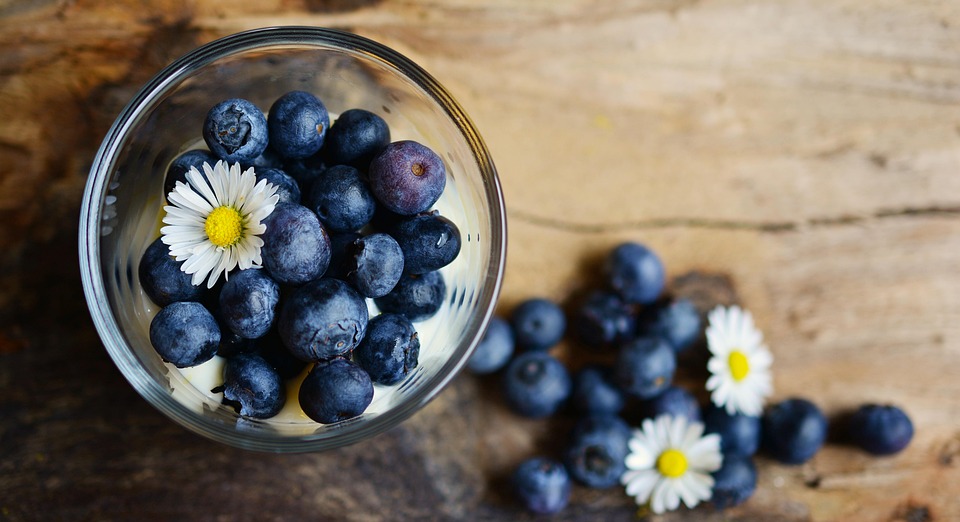

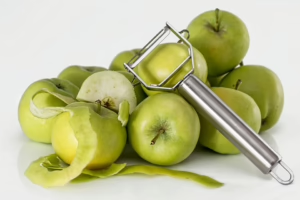
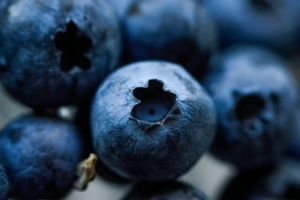

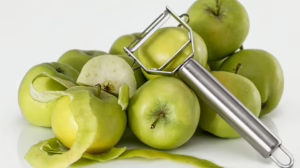
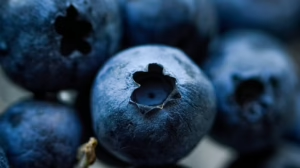




Add Comment